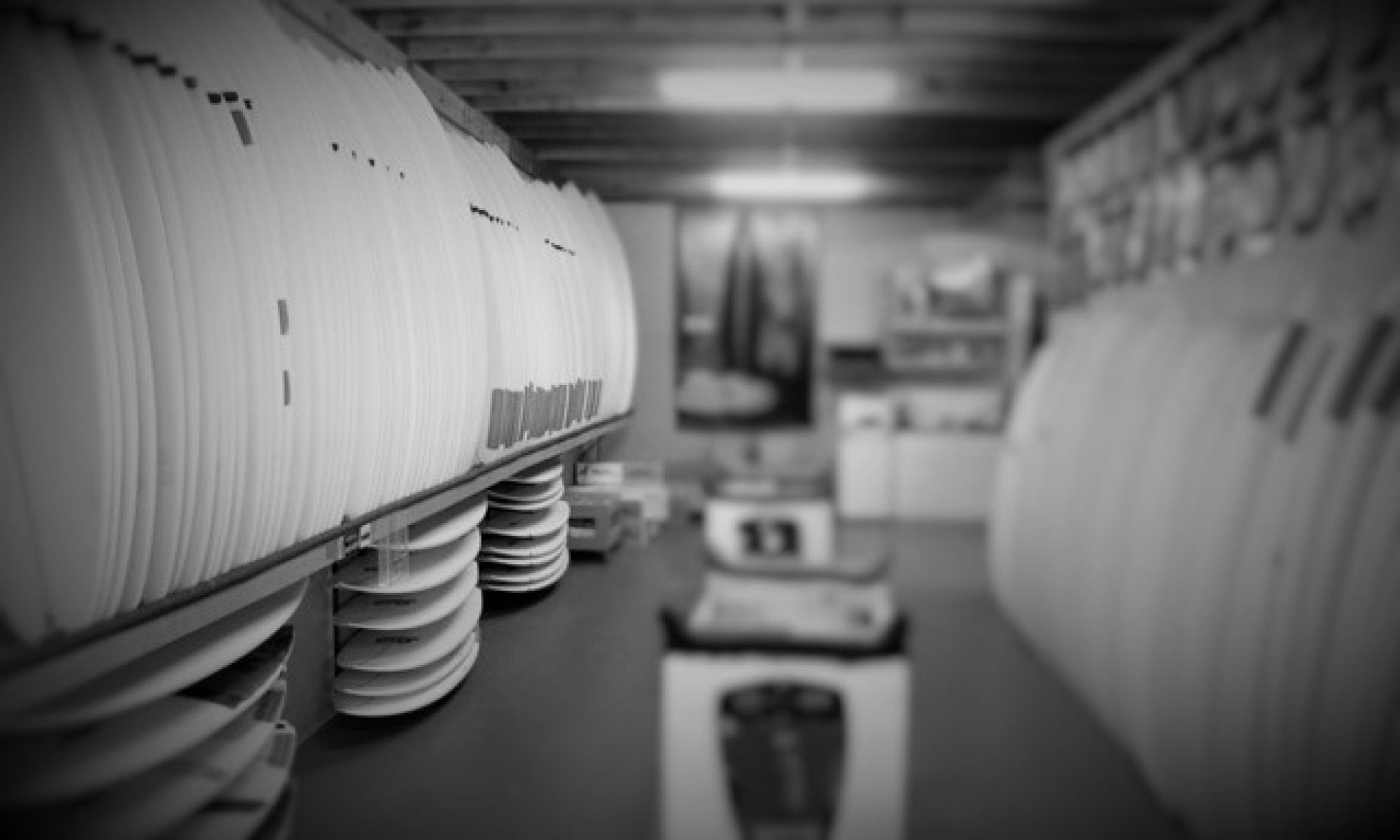 With an unknown design like “the FUP”, I figured as many fin options as possible is best. But, the issue, or question is “what positions”?
With an unknown design like “the FUP”, I figured as many fin options as possible is best. But, the issue, or question is “what positions”?
So, to start, it has to have thruster option, so I went and checked what I’ve been using against the McKee M5.
I’ve had my centre at 3 3/4, sides at 11 3/8 (with 1/4 toe in)
Looking at the McKee formula for the 6’3″ and 6’6″ (i.e. the FUP is 6’5″):
Centre – 3 3/8 (for the 6’3″) and 3 7/16 (for the 6’6″) … mine at 3 12/16
Sides – 11 1/16 (for the 6’3″) and 11 5/16 (for the 6’6″) … mine at 11 6/16
So, I figured I will stick with my centre fin position (i.e. one less variable), and it was more the “quad” linkage I was chasing so the centre fin for Thruster should be OK.
For the sides, with only 1/16″ difference, and planning to use Gearbox fin system, I will have fore and aft movement, so can tweak once in use. Cool.
Now, the “quad” option and the rear fins … McKee has them at:
5 3/16 for he 6’3″ and 5 5/16 for the 6’6″ … so, only 2 /16 or 1/8 between the two, which again, can be adjusted with fore and aft movement by using Gearbox
So, I’ve decided to place them at 5 5/16.
Now, the issue of “Toe-In” … Mckee has his layout guide, which uses the “measure x off the nose” method … which I do not use. So, a bit of time on swaylocks has been thinking if the fronts finsa are going to be 1/4 toe in, then the rears can go in at 1/8″ toe in … this seemed to be common option.
So, that’s it done, right?
Nope. Next issue is fin cant …
Again, looking at the McKee layout guide, he uses 92.5 for the back and 96 for the front, measured off the horizontal.
I have been using between 96 and 98 for my sides on thrusters, and feel 7 is about ideal. So am going to stick with that … which, then means, the rear quads need to be less, so using the mckee layout and research on swayslocks, I’ve decided to go 4 for the rear quads.
Now, I should also mention the “other school” of thought with quad fin placement being more “rail centric” … and using say 1 1/18 off the rail for all fins. I’ve decided to use the mckee “width between rear fins” method, because I am a traditional thruster surfer, and my research seems to indicate the mckee layout suits that transition better. The front fins will be 1 1/18 off the rail though. So, after all that thought process, whether good or bad, the final details I’m going to use are:
Front Fins – 1 1/8 off rail, 11 3/8 from tail with 1/4 toe and 7.5 cant
Rear Fins – 5 3/4 between, 5 5/16 from tail with 1/8 toe and 4 cant
Centre – 3 3/8 from the tail (but, thinking about using a fin box for more options!)




























